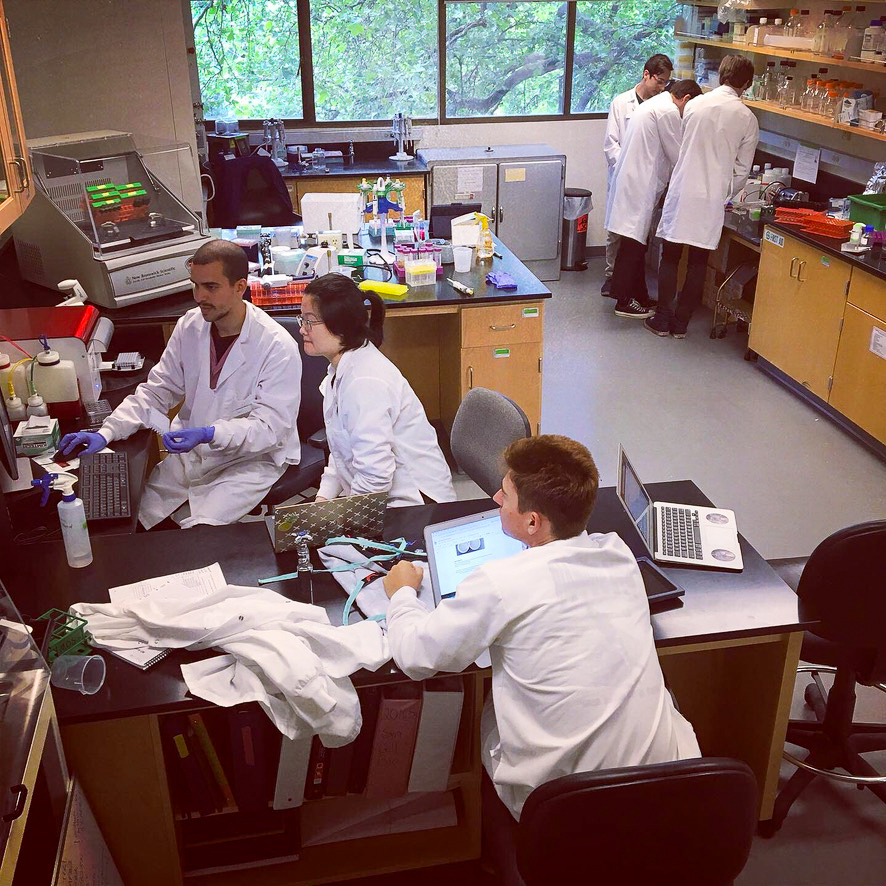
At first glance, the Hall of Science, with its fancy chemistry equipment, lecture halls with built-in computer desks and display cases of taxidermy animals, might seem like it has something for everyone.
However, there is one thing that the Whitman College science department is seriously lacking: racial diversity. Many people hold the notion that since science is focused on empirical experiments and quantifiable data, social problems like gender and race must transcend the scientific world and only impact the people studying in Maxey Hall. However, when diversity in Whitman’s STEM departments is so scarce that only two out of 48 professors in astronomy, biology, chemistry, geology, math and physics are people of color, something is seriously wrong.
Modern science was founded on the discoveries of white men, and Whitman is perpetuating the stereotype that being a scientist is limited to that demographic. People, especially women, of color who choose to pursue science are viewed as the rare exceptions and as token representatives of their backgrounds. The National Science Foundation has compiled several charts synthesizing these statistics in the United States, and the results are staggering. The same trends are generally applicable to undergraduate and graduate students––approximately 70 percent of bachelor’s degrees and master’s degrees are awarded to white students, 10 percent are awarded to Asian students, and the remaining 20 percent are spread between black, Hispanic, Native American and “other” students.
In order to receive the same recognition as their white male counterparts, minority scientists will have to prepare themselves for overwork and constant reminders that no matter what they do right, they’re still different. In the real world, the challenges facing a minority scientist trying to receive equal recognition are manifest in Nobel Prize awards, which drastically favor white people from developed countries. This doesn’t come from a lack of capability, but a lack of opportunity. In comparison to white scientists, who are more likely to get positions of authority and supervision, minority scientists are less likely to hold positions in research at all. These problems are very present in academia, where students are more likely to question the authority of a professor of color––be it in explanations of material or attempts to receive more points on tests and quizzes.
Minority students, who are more likely to feel unprepared by their high schools, greatly benefit from having racial diversity represented in their professors. If no one from their racial background is represented in the field, there is an implicit message that they fundamentally do not belong, and that no one would miss them if they left. Compared to white students, minorities are less likely to ask for help when they need it, and almost half of minority students who plan to study science switch to another discipline. Having professors of color makes a huge difference in outcomes from this perspective. Minority students tend to feel more comfortable approaching professors of color to ask for help. Professors of color are strong role models for minority students, since they demonstrate success in a white-dominated field despite facing discrimination.
The trickle-down model, where a couple of professors inspire a handful of minority students who then go on to inspire more students to study science, is not a solution. As Martin Luther King, Jr. said, “There is not time to engage in the luxury of cooling off or take the tranquilizing drug of gradualism.” Gradualism doesn’t create progress on an acceptable time scale. Minority scientists and students are being passively discouraged by their own field. There is nothing to be gained from excluding or disregarding the potential of whole demographics. Science needs these different perspectives! Experiment design requires creativity. The most exciting research stems from a scientist looking at material in a new way, approaching it from a new angle. People with diverse backgrounds might bring a revolutionarily new perspective to a problem, but not if they’re too discouraged to pursue it in the first place. Additionally, the beauty of science is in itself knowledge. It is unfair for a large demographic to be denied the awe and wonder that comes with understanding science.
As a science major and a person of color, I am appalled and ashamed that race is so blatantly disregarded in Whitman’s STEM fields. Our school is supposed to pride itself in diversity and opportunities. The fact that most science faculty and students view this as a non-issue is both very telling and disappointing.
















